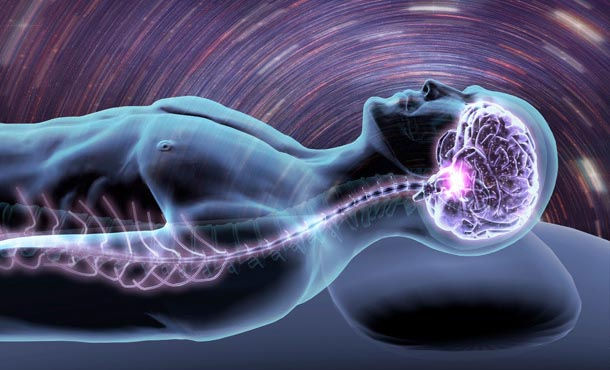Erasing the Trauma of Painful Memories by Manipulating Specific Neurons
- Shamsi Mumtahina momo

- Dec 26, 2022
- 3 min read
Neuropsychologist Rick Hanson stated in his book ‘Hardwiring Happiness: The New Brain Science of Contentment, Calm, and Confidence’ that “Your brain was wired in such a way when it evolved, it was primed to learn quickly from bad experiences but not so much from the good ones.” This is the main reason why traumatic memories so often stick in our brains, while positive memories seem to slip away. Thus, when a person is exposed to a traumatic event,it is embedded in their brain. However,it is possible to erase the traumatic memories and enhance good memories by manipulating specific neurons.

Memory refers to the encoding, retention, and recall of information.The first stage is encoding, the process of storing experiences in a usable form that our brain can store and recall. Once the information has been encoded, it can then be stored in our memory for later retrieval.Memories are stored in all different areas across the brain as networks of neurons called engrams. In addition to collecting information about incoming stimuli, these engrams capture emotional information. However, positive and negative-memory neurons(engrams) possess distinct molecular mechanisms as negative-memory neurons express 212 genes that neither positive-memory nor neutral-memory cells expressed, and positive-memory neurons express 872 genes that neither negative-memory nor neutral-memory cells .
Steve Ramirez, a neuroscientist at Boston University, in 2019 discovered that the brain stores positive and negative memories and uncovered hundreds of markers that differentiate positive-memory neurons from negative-memory neurons.They found that some areas of the brain (notably the prefrontal cortex) contained red and green fluorescent signals, indicating that they hosted positive and negative memory-storing neurons. Furthermore, some parts of the amygdala (which is involved in emotional information processing) also primarily hosted neurons that stored positive memories, whereas some other areas of the amygdala primarily hosted neurons that held negative memories. They observed that the top part of the hippocampus is activated when undergoing an enjoyable experience. At the same time they observed the bottom region activates when exposed to a traumatic event.His team also found that they could manipulate memories by activating these regions.When he and his team activated the top area of the hippocampus, bad memories were less traumatic. Conversely, when they activated the bottom part, signs of long-last lasting anxiety-related behavioral changes exhibited.
A research team of Stony Brook University published a journal after examining and finding the possibility of tuning the strength of memory by manipulating one of the brain’s natural mechanisms for signaling, a neurotransmitter called acetylcholine which is involved in memory.The region of the brain that is mostly involved in emotional memory is the amygdala. Acetylcholine is delivered to the amygdala by cholinergic neurons that reside in the base of the brain. These same neurons appear to be affected early in cognitive decline. Furthermore,it is suggested that the cholinergic input to the amygdala strengthens emotional memories.During their experiment when the research team increased acetylcholine release in the amygdala during the formation of a traumatic memory, it greatly strengthened memory making the memory last more than twice as long as normal. Then, when they decreased acetylcholine signaling in the amygdala during a traumatic experience, one that normally produces a fear response, they could actually wipe out memory.
Thus it is possible to enhance or diminish the strength of specific memories by manipulating specific neurons and neuroscientists are still undergoing various researches in this regard.
References:




Comments